- Belgrave House, 77 High Street, Wroughton, Swindon, SN4 9JU
- [email protected]
- Call us on 01793 674666
Everything you need to know about undergoing Cataract Surgery at Matrix Eye Clinic
Pricing starts at £2650
Matrix Eye Clinic is the only clinic in the Greater Swindon area that has an operating theatre designed solely for eye surgery. Over the last year, we have taken on a period building and repurposed it in order to offer patients cataract, and other eye surgery procedures in our own theatre.
In February 2022, Matrix Eye Clinic was awarded its CQC certification for outpatients and eye surgery, and has now been fully operational for more than 2 years.
Modern cataract surgery restores the eyesight lost due to a cataract by removing the cloudy lens in the eye, and replacing it with a clear artificial lens implant, called an intraocular lens (or IOL). The natural lens of the eye is most often removed as part of cataract surgery, although this can be done to remove the necessity to wear glasses (refractive lens exchange). When the lens is removed, the eye loses one quarter of its power to focus light. If this power is not replaced by an IOL, the ability of the eye to focus light needs to be replaced with powerful glasses or contact lenses.
Our surgeon, Mr Guy Smith, undertakes this operation using the latest small incision techniques and most up to date equipment available in order to give the fastest recovery and best vision possible. Cataract surgery is normally carried out under local anaesthetic as a day case, meaning no overnight recovery or hospital stay. Mr Smith will discuss this and other options with you in detail.
Matrix Eye Clinic uses lenses manufactured from Acrylic, which is a foldable material that allows insertion through a small incision. Acrylic IOLs have a very long track record of safety, with millions of lenses implanted worldwide. Mr Smith will help you choose the best lens option for you, a process that will involve matching the lens design to your requirements, taking into account the biometry data. All of the lens designs used by Matrix Eye Clinic can be inserted through the small incision. The optical properties of the four lenses offered are different:
Get in touch with us to discuss the care you need and book an appointment
Like a camera, your eye has a lens. When the lens inside your eye becomes cloudy it scatters and reduces the light reaching the retina at the back of your eye. This makes it difficult for you to see clearly, even with up to date spectacles.
Some people don’t have symptoms from their cataract, but typically the earliest signs and symptoms are glare around car or street lights. Depending on your prescription, some people notice that reading or close vision (without glasses) can improve with mild cataracts. However, as the cataract develops, our vision becomes more blurred, foggy and sometimes doubled. Colours may appear duller or darker.
Modern cataract surgery restores the eyesight lost due to a cataract by removing the cloudy lens in the eye, and replacing it with a clear artificial lens implant, called an intraocular lens – or IOL. The natural lens of the eye is most often removed as part of cataract surgery, although this can be done to remove the necessity to wear glasses (Refractive lens exchange*/PRELEX*). When the lens is removed, the eye loses one quarter of its power to focus light. If this power is not replaced by an intraocular lens (IOL), the ability of the eye to focus light needs to be replaced with powerful glasses or contact lenses.
Our surgeon, Mr Guy T Smith, undertakes this operation using the latest small incision techniques and most up to date equipment available in order to give the fastest recovery and best vision possible. Cataract surgery is normally carried out under local anaesthetic as a day case, meaning no overnight recovery or hospital stay. Mr Smith will discuss this and other options with you in detail.
With an IOL, all of these problems can be addressed. The power of the eye to focus light is restored to its previous level. There are also secondary benefits. If the person having surgery is long or short-sighted, or has astigmatism, then the power of the IOL can be adjusted to incorporate the power of the glasses. This usually allows that person to see clearly in the distance without the need for glasses, or certainly much less dependence on them. Some IOLs also offer the possibility of both clear distance, intermediate and near vision without glasses.
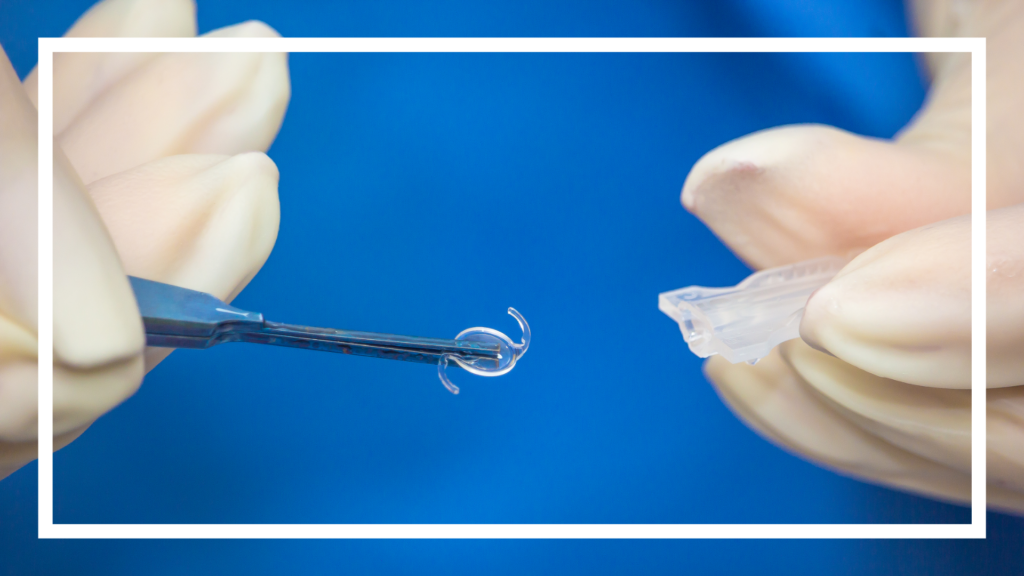
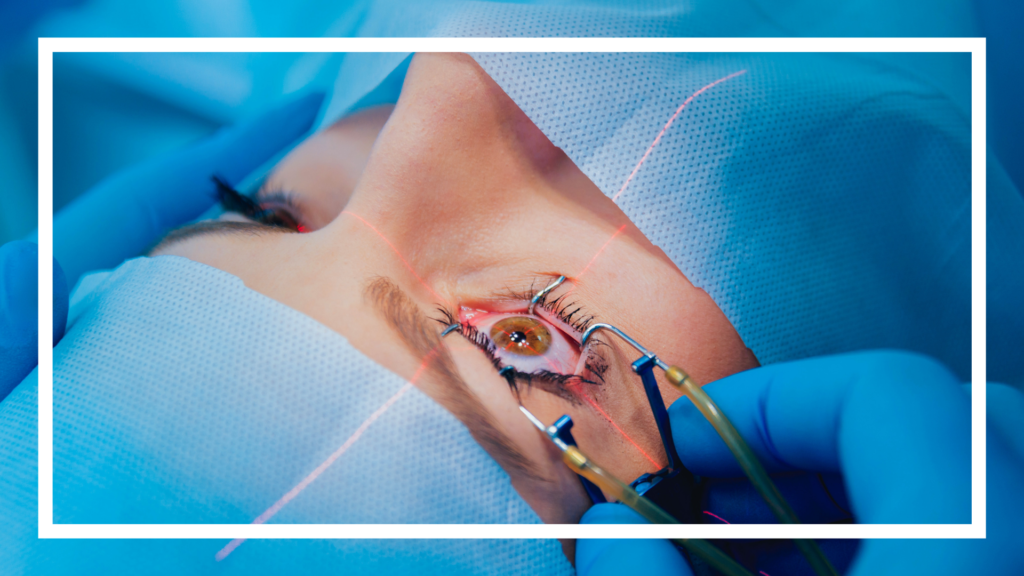
Discomfort is usually mild after your operation and settles very quickly. Visual recovery is typically within 24 hours. A patch must be worn overnight following your surgery, and there are some restrictions to your everyday activities which you will discuss in detail with your surgeon. We understand that for many people driving is essential to your daily life. Your surgeon will discuss your individual requirements in detail with you both before and after your surgery.
The operation is short, and generally takes about 15 to 20 minutes. You will go home the same day, after spending a period of time in our recovery lounge. The removal of a cataract is one of the most common eye operations in the UK, and is the most common surgical procedure performed by us. It has a very high success rate owing to the experience of our surgeon Mr Guy Smith, and the high quality of the equipment and lenses used by Matrix Eye Clinic.


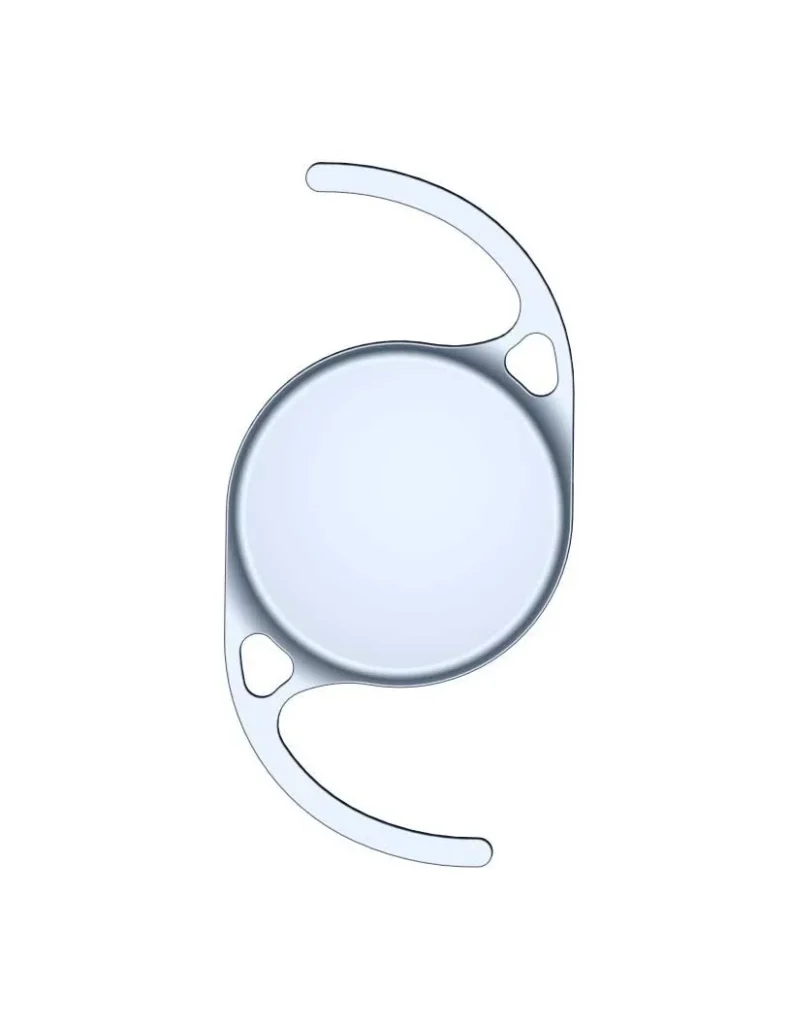
This is a monofocal aspheric lens that can correct
long or short sight, but not astigmatism. In
individuals without significant astigmatism, this lens will usually allow you to achieve excellent focus in the operated eye at your chosen distance. Spectacles will be required to focus at other
distances. This lens can be used as part of a monovision
system.
You will almost certainly need reading spectacles, or bifocals/varifocals if you prefer to use a distance correction.
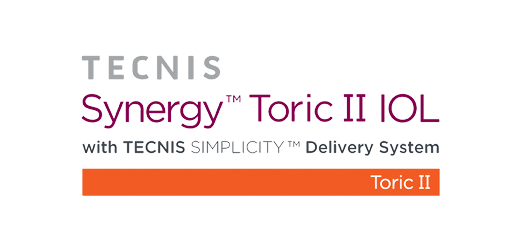
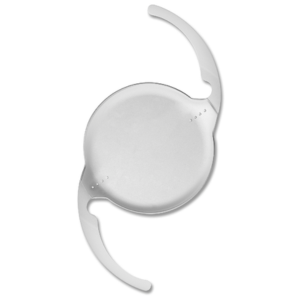
This lens can correct for long or short sight and astigmatism. For individuals with significant astigmatism this can improve the visual outcome and reduce the need for spectacles to supplement the vision post-operatively.
Toric lenses are more expensive than a standard monofocal lens, and the extra cost is often not met by insurance companies.


This IOL utilises an echelette design feature that introduces a novel pattern of light diffraction to elongate the focus and give an extended range of vision. This lens gives good quality distance and intermediate vision, with some near vision but without the visual disturbances often associated with multifocal lens designs. This lens can also correct for astigmatism.
Symfony lenses are more expensive than standard monofocal lenses, and this extra cost is often not met by insurance companies.

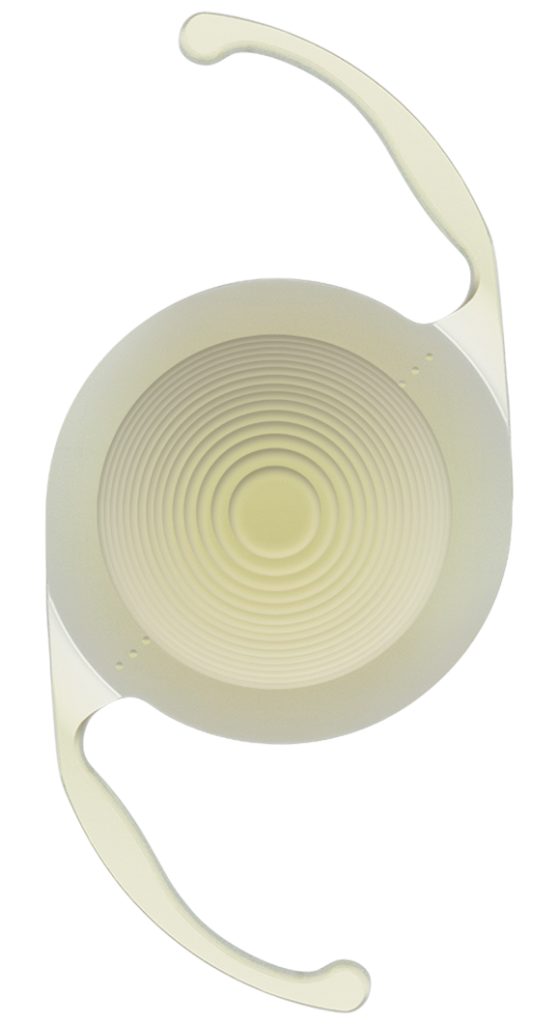
The PanOptix® lens can deliver clear distance, intermediate vision and reading vision without
glasses. It can correct long or short sight, but also has multifocal optics to bring into focus both near, intermediate and distance objects. It can also correct for astigmatism.
This lens can cause a slight loss of contrast, and you may find you need additional illumination to read in a dimly lit room. Glare around point sources of light such as car headlights is also reported. These symptoms are usually mild, and the lenses have been used successfully in patients with varied visual requirements, including pilots. However, the lens is only suitable for those planning surgery on both eyes.
The PanOptix® lens used by Matrix Eye Clinic is the most advanced version of this lens available. PanOptix® and Toric PanOptix® lenses cost significantly more than a standard monofocal lens, and this extra cost is often not met by insurance companies.